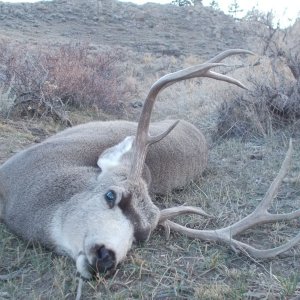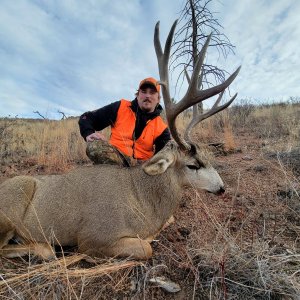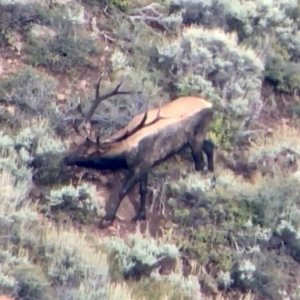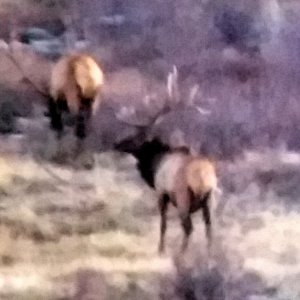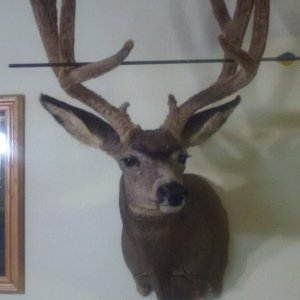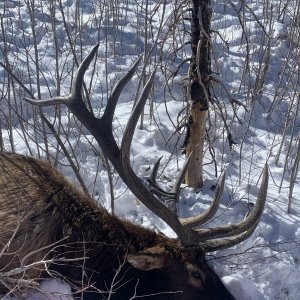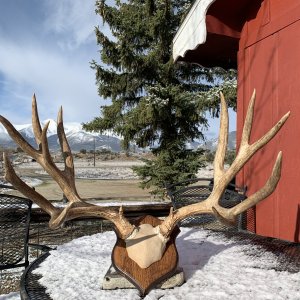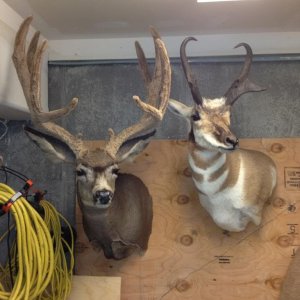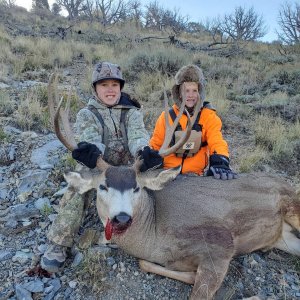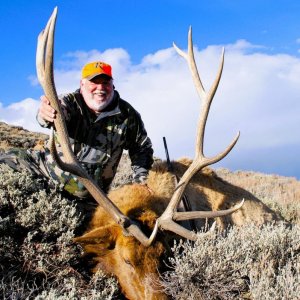schoolhousegrizz
Very Active Member
- Messages
- 2,579
Say there is a unit with a buck to doe ratio of 18 to 100. I would think half of them are 1.5 year olds. 5 of them are 2.5. 3 of them are 3.5 and maybe 1 is 4.5+. Of course I have no idea, has anyone seen research on this? Any opinions?

